Welcome to Y is for Yemen for the Global Children’s Book Club! Today we’ll be going on a virtual tour of Yemen with kids. Get ready for a fun and inspiring Yemen virtual field trip – perfect for global education at home or for a Yemen homeschooling unit.
You can find the full list of countries for the book club right HERE. Be sure to sign up for the email list to get all the information in advance and to receive fun extras!
Get your FREE Alphabet Printable Passport here!
Here’s the 2020 Global Children’s Book Club discussion schedule!
This Yemen virtual tour contains affiliate links, but all opinions are 100% my own. That means I earn a small commission if you purchase through my link, but doesn’t change your price.
Y is for Yemen: Yemen Virtual Tour for Kids
Table of Contents
Featured Yemen Book
The Enchanted Lake by Leena Jamil (Author, Illustrator)
The Enchanted Lake Picture Book Discussion Questions
- Have you ever helped anyone without expecting anything in return?
- What are some things your parents tell you to keep you safe?
- Have you ever lost something you really loved? What did you do to try to find it?
- Have you ever disobeyed something your parents have told you?
Other Yemen Books for Kids
Yemen Facts
Basic Facts
- The capital of Yemen is Sana’a.
- The official name is Republic of Yemen (Al Jumhuriyah al Yamaniyah).
- Abdrabbuh Mansur Hadi is the current President of Yemen.
- Yemen is located in Southwest Asia, at the southern tip of the Arabian Peninsula.
- Yemen borders 2 countries – Saudi Arabia and Oman.
- The official language of Yemen is Arabic.
- The currency in Yemen is Yemeni rial. $1 USD = 250.30 Yemeni Rial
- There are two main seasons in Yemen, summer and winter. Temperatures can reach a humid 129F in the summer!
- Religion in Yemen is predominantly Muslim of two different groups: 53% of the Muslim population is Sunni and over 45% is Shia.
- Yemen’s main industries are oil, food, and fixing big commercial ships.
- Most of the Arabian Peninsula is a dry desert, but Yemen has regular rainfall.
Interesting Facts
- Yemen is one of the oldest civilizations on earth, and Sana’a is one of the oldest continuously inhabited cities on earth.
- The Dar-Al Hajar is a 5-story building – the first two of which are carved right into a rock!
- Khat is a plant that grows all over Yemen. Yemenis traditionally chew the plant in the afternoons.
- Socotra is an island that has always been an island. Even when most continents as we know them were all combined into one, Socotra was probably a separate island. Being apart for so long means there are very distinctive plants and natural features.
- Before the word “Mocha” was a chocolatey coffee beverage, it was a city in Yemen which was a critical stop on the early Eastern coffee trade route for 300 years.
- A typical building in the city of Shibam (“The Manhattan of the Desert”) can be seven or more stories tall. That might not impress you too much until you realize these buildings were first built at that height across the whole city, nearly 500 years ago!
- Yemen is the only republic on the Arab peninsula.
Color in Yemen on this map of the Arabian Peninsula!

Yemen with Kids: Flag Activity
The Yemeni flag is essentially the same design as the Arab Liberation Flag of 1952.

Flag from HERE
HERE is a fun printable Yemeni flag coloring sheet!
Yemen Virtual Tour to a Featured Landmark
Shaharah Bridge
This 16ft bridge soars over a 300ft canyon between two mountains. It was built in the 1600s out of stones from the mountains. No one knows exactly how people built such a bridge with available techniques that long ago. Locals still use the bridge every day.
The Ruins of Marib
Marib is the capital of the ancient kingdom of Saba’. Some scholars believe this is the same as the city of Sheba found in the Bible. Saba’ grew wealth by trading frankincense and myrrh and was influential in throughout the Middle East and Africa for roughly 1,000 years, from the 8th century BC to 275 AD.
Featured Yemeni Artist: Saba Jallas
Saba, like almost everyone in Yemen, knows very well what war looks like. She takes pictures of smoke that comes from explosions and changes them on her computer to become messages of hope. Most of her messages of hope include women and children.
How can Saba see compassion in the middle of such destruction? “I find that the solution lies in loving each other. And that’s why I was keen on showcasing beauty in this war.”
Featured Important Yemeni Person: Tawakkol Karman
Tawakkol won the Nobel Peace Prize for her “non-violent struggle for the safety of women and for women’s rights to full participation in peace-building.” She is a journalist and mom of three. Tawakkol has been arrested and threatened with death for leading protests against oppressive governments in Sana’a, Yemen and in other locations in the Arabian Pensinsula and Egypt.
“The solution to women’s issues can only be achieved in a free and democratic society in which human energy is liberated, the energy of both women and men together. ”
Featured Yemeni Food: Yemeni Recipes for Kids
- Masoub is mashed bananas mixed with bread crumbs sweetened with cream and honey. You can eat it for breakfast, or sweeten it more for a desert.
- Saltah is a filling stew and the national dish of Yemen. Saltah may take many forms, but it must have hilbeh (a condiment made out of fenugreek) and Zhug (another local condiment made from chilies, cumin, coriander, cumin, garlic and oil).

Yemeni Craft & Culture Activities for Kids
Hope in Smoke Cloud Project
Materials
- White paper (I like cardstock for this to make it sturdier and easier to display)
- Colored pencils (these are our favorite colored pencils!)
- One hopeful imagination
- Print out a picture of clouds or draw a tracing of clouds that you see outside.
- Look at the clouds until you can imagine an image of hope in it, as Saba Jallas does with smoke. Perhaps you’ll see animals or people doing happy things or showing love in some way!
- Trace the clouds to make a simple line drawing of the image you just imagined.
- Color in your image, shading around it to fill in the clouds.
Yemeni Stained Glass Windows
Yemeni houses commonly have stained glass over the doors. You can create your own!
Materials
- Draw a door on a piece of construction paper. Cut out a “window” above the door.
- Tear up pieces of colored tissue paper. Glue them together in a slightly overlapping pattern, big enough to cover your window.
- Glue the colored tissue paper to the back of your “window.”
- Hang your “door” with a “stained glass window” on a window. Look at how the sunlight now colors whatever it is shining on inside the house – including your hands!
Yemeni Art Books
Other Yemeni Kids Activities
- Decorate a Jambiya (“On the side”) – a Traditional ceremonial dagger in Yemen and across the Arabian Peninsula worn by men in public as a sign of social status.
Animals in Yemen
- Arabian oryx is a medium antelope with a shoulder bump. The oryx went extinct in the wild in the 1970s. Breeding of oryx in captivity in zoos and private reserves made it possible to reintroduce the oryx to the wild in the 1980s.
- Hamadryas or Sacred Baboon is the smallest baboon at only about 24 in. and only weighing about 18 kg/40lbs. Males have a huge cape of hair on their necks and shoulders.
- Lesser Egyptian Jerboa is like a tiny kangaroo with big eyes and strong hind legs that hops when it walks. The Jerboa can survive on very little water and eats seeds and grasses.

Yemeni Movement Activities
Camel Jumping
Yemeni camel jumping doesn’t involve camels actually jumping. Instead, Yemeni camel jumping is actually people jumping over as many camels as they can! Athletes get a running start before launching themselves off of a platform to see how many camels they can jump over. If you touch a camel, your jump doesn’t count. This is not played everywhere in Yemen, but is only practiced by Zaraniq desert tribesmen.

Unless you have camels around the house, try lining up pillows side by side on a soft floor, take a running start, and see how many you can jump over!
Yemeni Folk Dance

Yemen Conversations with a Local: Culture, History, & Food Discussion Video
Yemen with Kids Discussion Questions
- What are some challenging experiences you expect in your life in the future? What can you do to remind yourself to stay positive when things get tough?
- If you do not already cover your face for cultural or religious reasons, what do you think it would change if you covered your face (except your eyes) in public?
- Have you ever participated in a protest? What do you think is worth protesting for?
Thanks for Taking a Virtual Visit to Yemen
We’ve loved putting together this resource to virtually visit Yemen. We’d love to hear if you do any of these activities for a homeschooling Yemen unit, or if you visit in person!
We hope to inspire curiosity and connection through exploring and learning, and we hope this guide helps you and your families. Please share any activities you do with us over on our Instagram. And we’d be delighted if you passed this Yemen for kids virtual tour and homeschooling resource along to others, as well!
MORE POSTS
IF YOU LIKED THIS POST ABOUT YEMEN FOR KIDS, YOU MIGHT LIKE THESE POSTS TOO:
- GCBC Virtual Travel Guides
- One Week in Jordan with Kids
- 10 Tips for Airbnb Hosts: Renting Out Your Home
NOT READY FOR A YEMEN HOMESCHOOLING UNIT QUITE YET? PIN THIS POST FOR LATER!
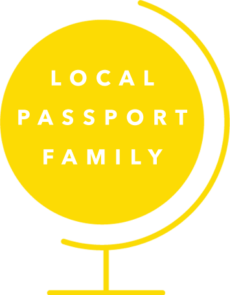
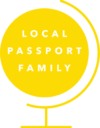





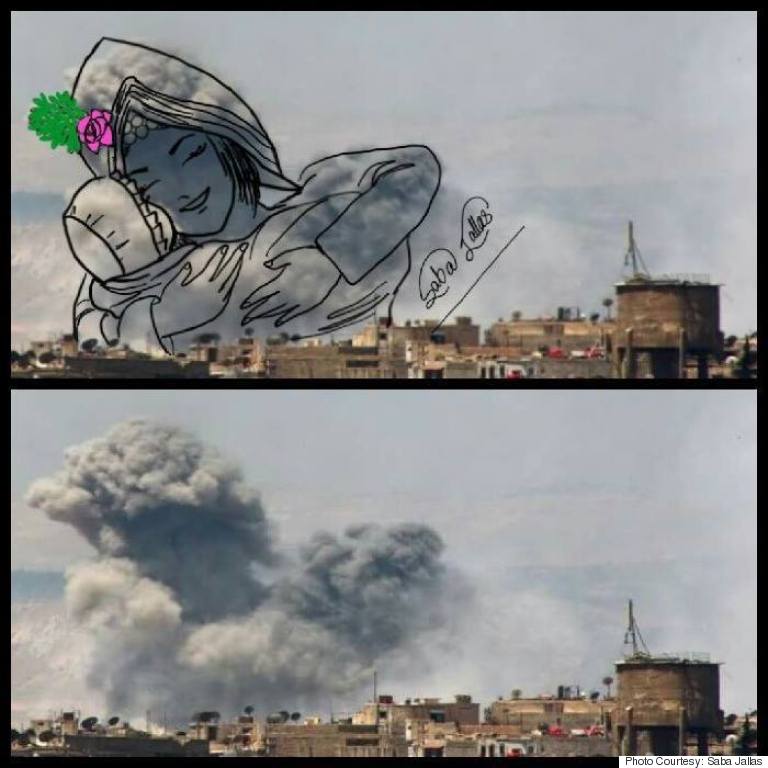


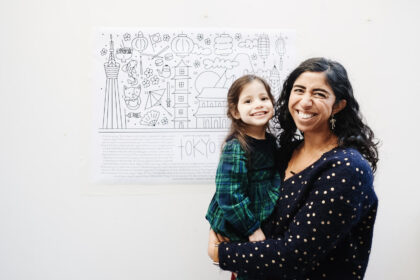
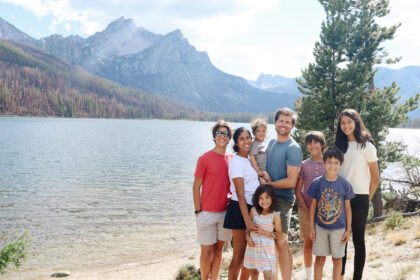
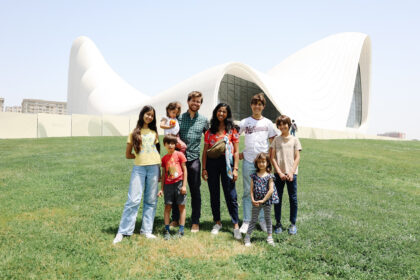
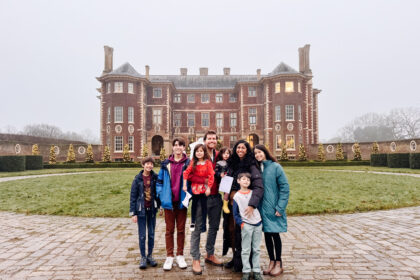


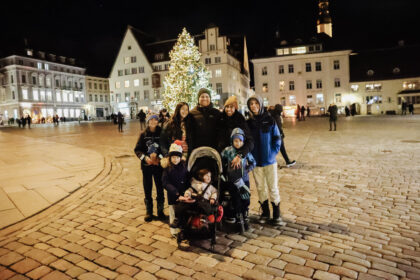
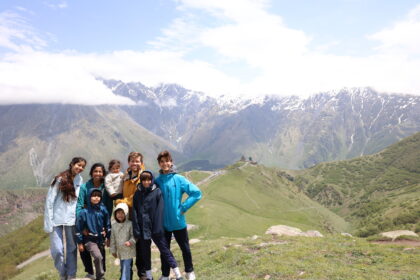

The Honey Badger video captured my kids’ attention, but just an FYI that it does have some language.
[…] Yemen […]